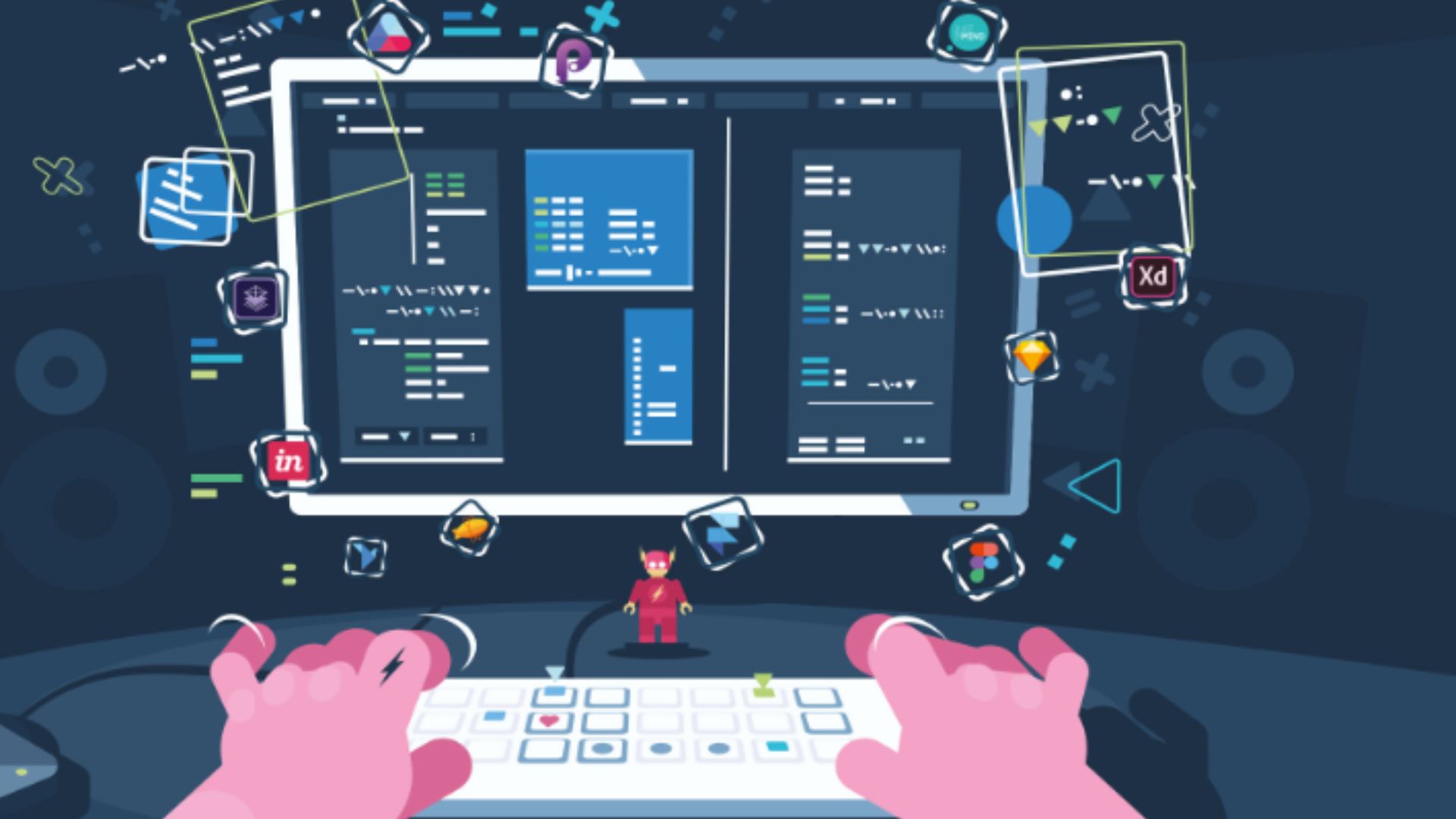PHP designing, renowned for its versatility, empowers developers to create visually captivating and user-friendly UIs for web applications. With its robust features and flexible architecture, PHP offers developers a powerful toolkit to design UIs. These seamlessly blend aesthetics with functionality. Moreover, PHP’s ease of integration with HTML and CSS facilitates the seamless incorporation of design elements, allowing developers to create stunning interfaces. These engage users from the moment they land on a web page. Additionally, PHP’s dynamic capabilities enable UIs to adapt and respond to user interactions in real-time, enhancing the overall user experience and driving engagement.

Creating Dynamic Web Pages
In PHP, developers can create dynamic web pages that respond to user input and interaction. These enhance the interactivity and functionality of websites. By leveraging PHP’s server-side scripting capabilities, developers can generate dynamic content based on user requests. This include form submissions or database queries. Furthermore, PHP’s integration with databases like MySQL allows for the seamless retrieval and manipulation of data. It enables developers to populate web pages with dynamic content tailored to individual user preferences. Additionally, PHP’s modular structure facilitates the creation of reusable components and templates. Also streamlining the development process and ensuring consistency across web pages. As a result, dynamic web pages powered by PHP offer users a personalized and interactive browsing experience. It drives engagement and satisfaction.
Integrating CSS for Styling
When integrating CSS with PHP, developers can effortlessly apply custom styles to UI elements. These enhance the visual appeal and user experience of web applications. By combining PHP’s dynamic content generation with CSS’s styling capabilities, developers can create visually pleasing interfaces. Additionally, PHP’s ability to dynamically generate CSS rules based on user input or application logic enables the creation of responsive and adaptive designs. These adapt to various screen sizes and devices. Furthermore, PHP’s support for CSS preprocessors like Sass or Less facilitates code organization and maintenance. It allowes developers to leverage advanced features such as variables, mixins, and nesting to streamline the styling process. Overall, integrating CSS with PHP empowers developers to create visually stunning and user-friendly interfaces that elevate the overall quality and professionalism of web applications.
JavaScript Interactivity
With PHP’s support for JavaScript, developers can enhance user interaction by implementing features such as form validation and dynamic content loading. By seamlessly integrating JavaScript into PHP-driven web applications, developers can create engaging and interactive UIs that respond dynamically to user input and actions. Moreover, PHP’s server-side processing capabilities complement JavaScript’s client-side scripting, enabling efficient data validation and manipulation while maintaining security and reliability. Additionally, PHP’s extensive library of frameworks and libraries simplifies the integration of JavaScript plugins and libraries, further enriching the user experience with advanced functionality and interactivity.
Interacting techniques
Incorporating responsive design principles into PHP-based projects ensures that UIs remain visually appealing and functional across various devices. By utilizing techniques like media queries and flexible layouts, developers can design fluid and adaptable UIs. These seamlessly adjust to the dimensions and capabilities of different devices. Furthermore, PHP frameworks like Laravel and Symfony offer built-in support for responsive design. Providing developers with tools and components to create mobile-friendly and accessible interfaces. As a result, users can enjoy a consistent and optimized browsing experience regardless of the device they use, enhancing usability and accessibility for a diverse audience.
Responsive Design with PHP
leveraging PHP’s compatibility with JavaScript and responsive design techniques empowers developers to create highly interactive and adaptive UIs for web applications. By combining PHP’s server-side processing capabilities with JavaScript’s client-side interactivity, developers can deliver dynamic and engaging user experiences. Additionally, integrating responsive design principles ensures that UIs remain functional and visually appealing across a wide range of devices, enhancing accessibility and user satisfaction. Overall, PHP serves as a versatile platform for designing elegant and responsive UIs that meet the evolving needs of modern web applications.
Conclusion
In conclusion, PHP designing offers powerful tools for crafting elegant and user-friendly UIs, essential for modern web applications. With its seamless integration of CSS and JavaScript, PHP provides developers with the flexibility to create dynamic and visually appealing interfaces. Additionally, its support for responsive design ensures that UIs remain accessible across various devices and screen sizes. Overall, PHP serves as a versatile platform for enhancing the user experience and driving the success of web projects.

